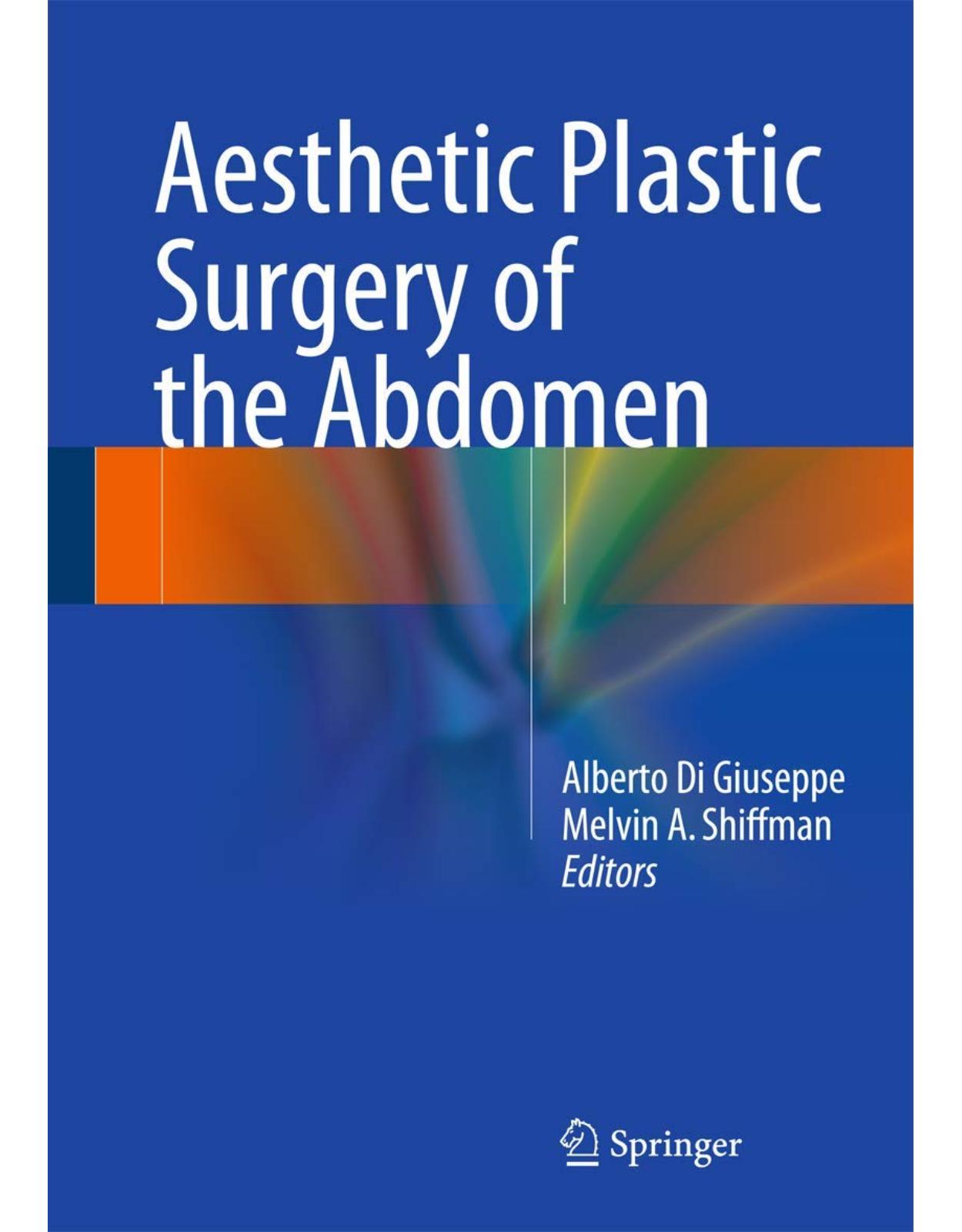
Aesthetic Plastic Surgery of the Abdomen
Livrare gratis la comenzi peste 500 RON. Pentru celelalte comenzi livrarea este 20 RON.
Disponibilitate: La comanda in aproximativ 4 saptamani
Editura: Springer
Limba: Engleza
Nr. pagini: 571
Coperta: Hardcover
Dimensiuni: 18.11 x 3.48 x 26.34 cm
An aparitie: 4 Nov. 2015
Description:
This comprehensive book covers anatomy, recent techniques, postoperative care, possible complications and outcomes in aesthetic surgery of the abdomen. The extensive section on aesthetic procedures includes many important innovations in abdominoplasty. Detailed consideration is also given to the various potential complications, with guidance on their prevention, diagnosis, and management. The book is written by acknowledged experts in the topics on which they write. It will be of value for residents and fellows and more experienced surgeons in the fields of plastic surgery, general surgery, cosmetic surgery and general surgery.
Table of Contents:
Part I: History
1: Abdominoplasty History
1.1 Introduction
1.2 History
1.3 Umbilicoplasty
References
Part II: Anatomy
2: Muscular Anatomy of the Anterior Abdomen
2.1 Introduction
2.2 Cutaneous Landmarks and Innervation
2.3 Cutaneous Lymphatics and Vasculature
2.4 Structural Organization
2.5 Muscular Wall of the Abdominal Wall
2.6 External Abdominal Oblique Muscle and Aponeurosis and Inguinal Ligament (Fig. 2.3)
2.7 Aponeurosis of External Oblique, Superficial Inguinal Ring, and Inguinal Ligament (Fig. 2.4)
References
3: Vascular and Neurologic Anatomy of the Anterior Abdominal Wall
3.1 Vascular Anatomy (Fig. 3.1)
3.2 Neurologic Anatomy (Fig. 3.2)
Reference
4: Anatomical Illustration of the Abdominal Wall and Fat
4.1 The Skin
4.2 The Subcutaneous Cellular Tissue
4.3 Muscles of Abdominal Wall
4.4 Vascularization of the Abdominal Wall
4.4.1 Median Axis
4.4.2 Lateral Axis
Reference
Part III: Techniques
5: The Impact of the Menstrual Cycle on Intraoperative and Postoperative Bleeding in Abdominopl
5.1 Introduction
5.2 Discussion
5.2.1 Hormonal Changes in Female Tissue During Menstruation
5.2.2 Effects of Menstrual Cycle on Abdominoplasty
Conclusions
References
6: The Umbilical Locator
6.1 Introduction
6.2 History
6.3 Anatomy of the Abdominal Wall
6.3.1 Vascular Supply to the Abdominal Wall
6.3.2 Umbilicus
6.3.2.1 Vascular Supply to the Umbilicus
6.4 Patient Selection
6.5 Demographics
6.6 Complications
6.7 Using the “Umbilical Locator”
Conclusions
References
7: Scarpa Fascia Preservation During Abdominoplasty
7.1 Introduction
7.2 Technique
7.2.1 Case 1 (Fig. 7.8)
7.2.2 Case 2 (Fig. 7.9)
7.2.3 Case 3 (Fig. 7.10)
7.2.4 Case 4 (Fig. 7.11)
7.3 Discussion
7.3.1 Recent Publications
Conclusions
References
8: Medial Advancement of Infraumbilical Scarpa’s Fascia Improves Waistline Definition in “Braz
8.1 Introduction
8.2 The Waist
8.3 The Aesthetic Value of the Waist
8.4 Restoring the Youthful Waistline Definition: A Challenge
8.4.1 Surgical Technique
8.4.2 Results
8.5 Discussion
Conclusions
References
9: No Drain Abdominoplasty with Progressive Tension Suture: The Logic, Simplicity, and Aesthetics
9.1 Introduction
9.2 Surgical Technique
9.2.1 Preoperative Preparation
9.2.2 Liposuction
9.2.3 Flap Elevation and Diastasis Repair
9.2.4 Progressive Tension Suture Placement: Upper Abdomen
9.2.5 In-continuity Umbilical Inset
9.2.6 Progressive Tension Suture Placement: Lower Abdomen
9.2.7 Aesthetic Considerations
9.2.8 Postoperative Management
9.3 Discussion
Conclusions
References
10: Evolution of the High-Superior-Tension Lipoabdominoplasty: The High-Tension Abdominoplasty
10.1 Introduction
10.2 Historical Perspective
10.3 Abdominoplasty and Liposuction
10.4 Lipoabdominoplasty
10.5 High-Superior-Tension Abdominoplasty (HSTA)
10.6 HSTA Technique
10.6.1 Anatomic Bases
10.6.1.1 Preservation of the Lymphatic Trunks
10.6.1.2 Paraumbilical High-�Tension Sutures
10.6.2 Surgical Technique
10.6.2.1 Hypogastric Liposuction
10.6.2.2 Epigastric Liposuction
10.6.2.3 Incision
10.6.2.4 Undermining
10.6.2.5 Parietal Repair
10.6.2.6 Positioning the New Umbilicus and Traction Sutures (Figs. 10.5, 10.6, and 10.7)
10.6.2.7 Cutaneous Excision
10.6.2.8 Fascia Superficialis Incision
10.6.2.9 Suturing Technique
10.6.2.10 Draining and Compressive Garment
10.7 Cases
10.7.1 Case 1
10.7.2 Case 2
10.7.3 Case 3
Conclusions
References
11: Lipoabdominoplasty with Abdominal Definition
11.1 Introduction
11.2 Surgical Anatomy to Achieve Abdominal Definition
11.3 Patient Selection and Evaluation
11.4 Surgical Technique
11.5 Postoperative Management
11.6 Results
Conclusions
References
12: “Smile” Plication Abdominoplasty
12.1 Introduction
12.2 History
12.3 Anatomical Review
12.3.1 Muscles
12.3.2 Arteries
12.3.3 Veins
12.3.4 Lymphatics
12.3.5 Innervation
12.4 Surgical Technique
12.5 Complications
12.5.1 Seroma
12.5.2 Hematoma
12.5.3 Wound Dehiscence
12.5.4 Cutaneous Necrosis
12.5.5 Sensitivity Alterations
12.5.6 Deep Venous Thrombosis and Pulmonary Embolism
12.5.7 Hypertrophic Scar and Keloids
12.5.8 Fat Embolism
Conclusions
References
13: “Anchor-Line” Abdominoplasty in Post-Bariatric Abdominal Contouring
13.1 Introduction
13.2 History
13.3 Patient Selection
13.4 Vascular Anatomy
13.5 Surgical Technique
13.5.1 Complications
Conclusions
References
14: Circumferential Abdominoplasty
14.1 Introduction
14.2 Background
14.3 Anatomy
14.4 The Ideal Abdomen
14.5 Patient Selection
14.6 Preoperative Care
14.7 Markings and Surgical Technique
14.8 Results
14.9 Postoperative Care
14.10 Complications
References
15: A Paradigm Shift for Abdominoplasty: Transverse Hypogastric Plication Without Supraumbilical Dis
15.1 Introduction
15.2 Surgical Technique
15.2.1 Patient Selection
15.2.2 Surgical Markings
15.2.3 Surgical Procedure
15.3 Prior Publication
15.4 Discussion
15.5 Advantages of TULUA Technique
15.5.1 Vasculature Preservation
15.5.2 Effective and Durable Abdominal Wall Tightening
15.5.3 Correction of Epigastric Skin and Fat Excess
15.5.4 Lower Scar Placement
15.5.5 Less Dead Space in the Wound
15.5.6 Umbilicus Shape and Location
15.5.7 In Secondary and In Difficult Cases
15.5.8 A Simplified Procedure
15.6 Disadvantages
Conclusions
References
16: Abdominoplasty Combined with Cesarean Section: Discussion of the Evidence
16.1 Introduction
16.2 Research
16.2.1 Results
16.3 Discussion
Conclusions
References
17: Lipoabdominoplasty
17.1 Introduction
17.2 History of Lipoabdominoplasty
17.3 Traditional Abdominoplasty
17.3.1 Technique
17.3.1.1 Surgical Evaluation of the Patient
17.3.1.2 Selection of Patients
17.3.1.3 Surgical Planning
17.3.1.4 The Operation
Selection and Classification of the Procedures
Type 1: Lower Lipoabdominoplasty
Type 2: Upper Lipoabdominoplasty
Type 3: Lower and Upper Lipoabdominoplasty
Type 4: Full Lipoabdominoplasty
17.4 Discussion
17.5 Informed Consent
Conclusions
References
18: Modified Lipoabdominoplasty Without Surgical Drains
18.1 Introduction
18.2 Technique
18.3 Discussion
Conclusions
References
19: Vaser Lipoabdominoplasty
19.1 Introduction
19.2 Lipoabdominoplasty
19.3 Vaser Lipoabdominoplasty Technique
19.3.1 Liposuction
19.3.2 Surgical Excision
19.3.3 Navel Preparation
19.3.4 Suturing
19.3.5 Postoperative
19.4 Complications
Conclusions
19.5 Clinical Cases
Reference
General References
20: The Effectiveness and Safety of Combining Laser-Assisted Liposuction and Abdominoplasty
20.1 Introduction
20.2 Preoperative Planning
20.3 Surgical Technique
20.4 Postoperative
20.5 Surgical Outcome
20.5.1 Patient Assessment
20.5.2 Clinical Outcome
20.5.3 Statistical Analysis
20.6 Discussion
Conclusions
References
21: Abdominal Contouring Associated with Other Procedures
21.1 Introduction
21.2 Gynecomastia (Mixed or Pure) with Associated Procedures
21.3 Abdominoplasty Combined with Vaser
21.4 Abdominoplasty Post Bariatric Surgery, Mastopexy, and Arm Lift
21.5 Abdominoplasty Post Bariatric Surgery and Male Mastopexy
21.6 Breast Augmentation and Vaser Abdomen Contouring
21.7 Abdominoplasty with Vaser Contouring and Breast Augmentation
21.8 Breast Fat Augmentation and Abdominal Contouring
Conclusions
References
22: Modified Abdominoplasty for Patients with Prune Belly Syndrome
22.1 Introduction
22.2 Technique
22.3 Results
22.4 Discussion
References
23: Vaser Abdominal Contouring
23.1 Vaser Ultrasound Technology
23.2 Male Abdominal Contouring
23.2.1 Markings
23.2.2 Skin Incisions
23.2.3 Technique
23.2.4 Infiltration
23.3 Vaser Emulsification
23.3.1 Aspiration (Fig. 23.10)
23.4 Body Contouring Enhancement
23.5 Female Abdomen
23.5.1 Markings
23.5.2 Technique
23.5.3 Aspiration
References
24: The Abdominoplasty Access for Desmoid Tumor Resection in the Rectus Abdominis Muscle
24.1 Introduction
24.2 Technique
24.3 Discussion
Conclusions
References
25: Abdominal Wall Repair Post Hernia in Kidney and Liver Transplantation
25.1 Anatomy of the Abdominal Wall
25.1.1 Anterior Musculature and Ligaments
25.2 Complications in Liver and Kidney Transplantation
25.3 Open Repair Technique
25.4 Open Mesh Repair Technique
25.5 Laparoscopic Repair Technique
25.6 Component Separation Technique
25.7 Prosthetic Materials
25.8 Synthetic and Biologic Meshes
25.9 Clinical Cases
25.9.1 Case 1 (Fig. 25.9)
25.9.2 Case 2 (Fig. 25.10)
25.9.3 Case 3 (Fig. 25.11)
References
26: Abdominoplasty as the Impetus for Selection of the Deep Inferior Epigastric Artery Perforat
26.1 Introduction
26.2 Surgical Technique
26.3 Case Report
26.4 Discussion
Conclusions
References
27: Scarless Umbilicoplasty Technique
27.1 Introduction
27.2 Surgical Technique
Conclusions
References
Part IV: Postoperative
28: Metabolic Effect of Abdominoplasty in the Lipid Profile of Patients with Dyslipidemia
28.1 Introduction
28.2 Objectives
28.3 Methods
28.4 Results
28.5 Discussion
Conclusion
References
29: Weight Reduction Following Liposuction
29.1 Introduction
29.2 Liposuction and Weight Reduction
29.2.1 Adipose Tissue and Obesity in Molecular Level
29.2.2 Experimental Studies of Lipectomy
29.3 Clinical Studies of Lipectomy
29.4 Discussion
Conclusions
References
30: Ventilatory Function in Patients Who Undergo Abdominoplasty with Plication of the Aponeurosi
30.1 Pulmonary Physiology
30.1.1 Spirometry, Lung Volumes, and Diffusing Capacity
30.1.2 Diffusing Capacity
30.2 Postoperative Pulmonary Complications Following Abdominal and Thoracic Surgery
30.3 Pulmonary Function Testing in the Preoperative Evaluation for Lung Surgery
30.4 Abdominal Surgery and Its Effect on Ventilatory Patterns
30.5 Physiologic Mechanisms Responsible for Reductions in Lung Function After Abdominoplasty
Conclusions
References
31: C-Reactive Protein Decrease After Postbariatric Abdominoplasty
31.1 Introduction
31.2 Method
31.3 Results
31.4 Discussion
References
Part V: Complications
32: Complications of Abdominoplasty
32.1 Introduction
32.2 Complications
32.2.1 Asymmetry
32.2.2 Bleeding (Bruising, Hematoma, Exsanguination) [1–3]
32.2.3 Dehiscence [1, 4]
32.2.4 Dog-Ears
32.2.5 Edema, Persistent
32.2.6 Indentation
32.2.7 Infection, Sepsis [1]
32.2.8 Necrosis [1, 2, 4]
32.2.9 Necrotizing Fasciitis
32.2.10 Need for Further Surgery
32.2.11 Perforation of Intra-abdominal Organ
32.2.12 Recurrent Panniculus
32.2.13 Recurrent Protrusion of Abdominal Wall
32.2.14 Scarring (Widened, Thickened, Hypertrophic, Keloid) [2]
32.2.15 Sensory Loss
32.2.16 Seroma [1–3, 7, 8]
32.2.17 Skin Overhanging Scar
32.2.18 Thromboembolism
32.2.18.1 Clinical Manifestations of Thromboembolism
32.2.18.2 Prevention
32.2.19 Toxic Shock Syndrome
32.2.20 Umbilical Stenosis
32.2.21 Umbilicus, Off Center or Loss
32.3 Discussion
References
33: Retrospective Analysis of Never Events in Panniculectomy and Abdominoplasty Patients and The
33.1 Background
33.2 Methods
33.3 Statistics
33.4 Results
33.5 Discussion
References
34: Tension Suture Technique Combined with Lidocaine-Adrenaline-Saline Infiltration Decreases Compl
34.1 Introduction
34.2 Technique
34.3 Discussion
Conclusions
References
35: Acute Abdomen After Abdominoplasty: Differential Diagnosis
35.1 Introduction
35.2 Clinical Scenario
35.3 Potential Patients to Postoperative Complications
35.4 Clinical Evaluation
35.5 Differential Diagnosis
35.6 Surgical Approach
35.7 Treatment for the Clinical Scenario
Conclusions
References
36: The Impact of the Menstrual Cycle on Intraoperative and Postoperative Bleeding in Abdominop
36.1 Introduction
36.2 Patients and Technique of Study
36.3 Results
36.4 Discussion
References
37: Maximizing Chemoprophylaxis Against Venous Thromboembolism in Abdominoplasty
37.1 Introduction
37.2 Protocols
37.3 Discussion
Conclusions
References
38: A Study of Postural Changes After Abdominal Rectus Plication Abdominoplasty
38.1 Introduction
38.2 Anatomic Consideration in Posture Balance
38.3 Body Image, Self-Esteem, and Quality of Life
38.4 Anatomic Consideration in Abdominoplasty
38.5 Abdominal Wall Deformity Classification
38.5.1 Abdominal Wall Deformity Classification Based on Skin Type Excess Evaluation (Table 38.3)
38.5.2 Abdominal Wall Deformity Classification Based on Musculoaponeurotic Deformities
38.6 The Body-Contouring Operations
38.7 Abdominoplasty Techniques and Liposuction
38.8 Patient Diagnosis and Selection
38.9 Patient Physical Examination
38.9.1 Skin
38.9.2 Subcutaneous Tissue
38.9.3 Abdominal Wall Laxity
38.10 Location and Time of Operation
38.11 Management of Complications
Conclusion
References
39: Abdominoplasty Complications and Seroma: From Prevention to Effective Treatment
39.1 General Concepts
39.2 Complications
39.2.1 Seroma
39.2.1.1 Pathophysiology of Seroma
39.2.1.2 Patient Features and Risk Factors
39.2.1.3 Surgical Approaches to Prevent Seroma
39.2.1.4 Treatment of Early and Late Complications Affecting the Aesthetic Outcomes
References
40: Delayed Complications in Abdominoplasty: A Case of a Ten-Year-Old Abdominoplasty Abscess
40.1 Introduction
40.2 Late Appearance of Infection
References
41: Acute Esophageal Dilation in Post-bariatric Patients Undergoing Abdominoplasty Operation
41.1 Introduction
41.2 Abdominoplasty
References
42: Hematological Variables and Iron Status in Abdominoplasty After Bariatric Surgery
42.1 Introduction
42.2 Technique
42.3 Discussion
Conclusions
References
43: Increased Intraoperative Bleeding in Patients Undergoing Abdominoplasty After Gastroplasty Is N
43.1 Introduction
43.2 Material and Methods
43.2.1 Preoperative Period
43.2.2 Immediate Preoperative, Intraoperative, and Postoperative Periods
43.2.3 Postoperative Period
43.3 Results
43.4 Discussion
Conclusions
References
Part VI: Outcomes, Satisfaction
44: Comparison of Short-Term Surgical Outcomes Between NHS and Private Sector Abdominoplasty Surge
44.1 Introduction
44.2 Methods
44.3 Results
44.4 Discussion
References
45: Outcomes of Traditional Cosmetic Abdominoplasty in a Community Setting
45.1 Introduction
45.2 Patient Preoperative Assessment
45.3 Restrictive and Malabsorptive Operations
45.4 Outcomes
45.4.1 Bleeding (Bruising, Hematoma, and Exsanguination)
45.4.2 Seroma
45.4.3 Thromboembolism
45.4.4 Infection
45.4.5 Wound Dehiscence
45.4.6 Necrosis
45.4.7 Perforation of Intra-abdominal Viscus
45.4.8 Scarring (Widened, Thickened, Hypertrophic, and Keloid)
45.4.9 Asymmetry and Dog Ears
45.4.10 Recurrent Panniculus and Protrusion of Abdominal Wall
45.4.11 Sensation
45.4.12 Pulmonary Function
45.5 Effects on Quality of Life, Self-Esteem, and Emotional Stability
References
46: Long-Term Ultrasonographic Evaluation of Midline Aponeurotic Plication During Abdominoplasty
46.1 Introduction
46.2 Surgical Technique
46.3 Ultrasonographic Evaluation
46.4 Statistical Analysis
46.5 Results
46.6 Discussion
Conclusions
References
47: Complications and Level of Satisfaction After Abdominoplasty Post-bariatric Surgery
47.1 Introduction
47.2 Preoperative Evaluation
47.3 Surgical Technique
47.4 Risks and Complications
47.4.1 Assessment of Complications [20]
47.4.1.1 Early Complications (Within 2 Weeks)
47.4.1.2 Late Complications
47.5 Satisfaction and Quality of Life
Conclusions
References
Index
| An aparitie | 4 Nov. 2015 |
| Autor | Alberto Di Giuseppe , Melvin A. Shiffman |
| Dimensiuni | 18.11 x 3.48 x 26.34 cm |
| Editura | Springer |
| Format | Hardcover |
| ISBN | 9783319200033 |
| Limba | Engleza |
| Nr pag | 571 |
-
1,32700 lei 1,20500 lei

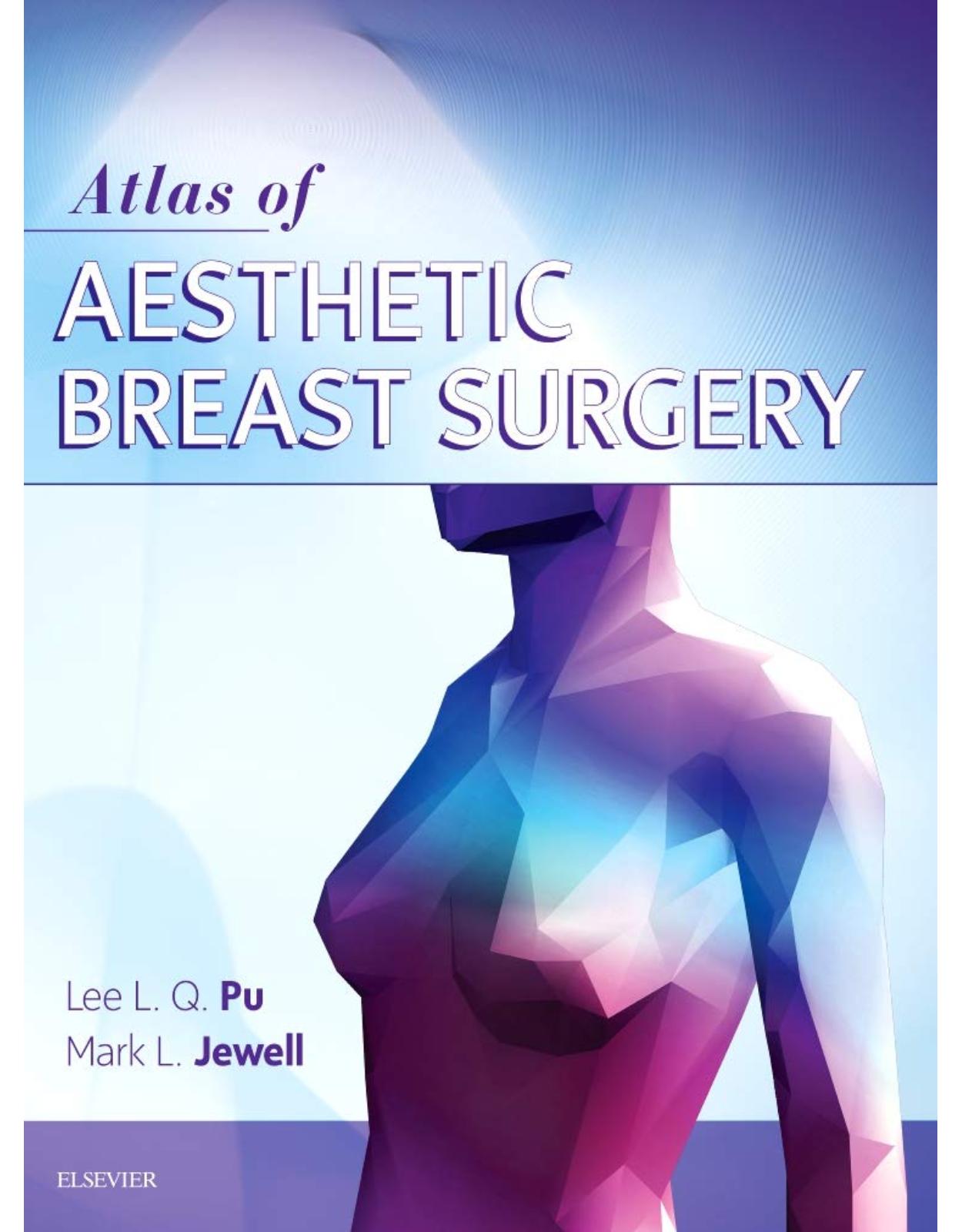

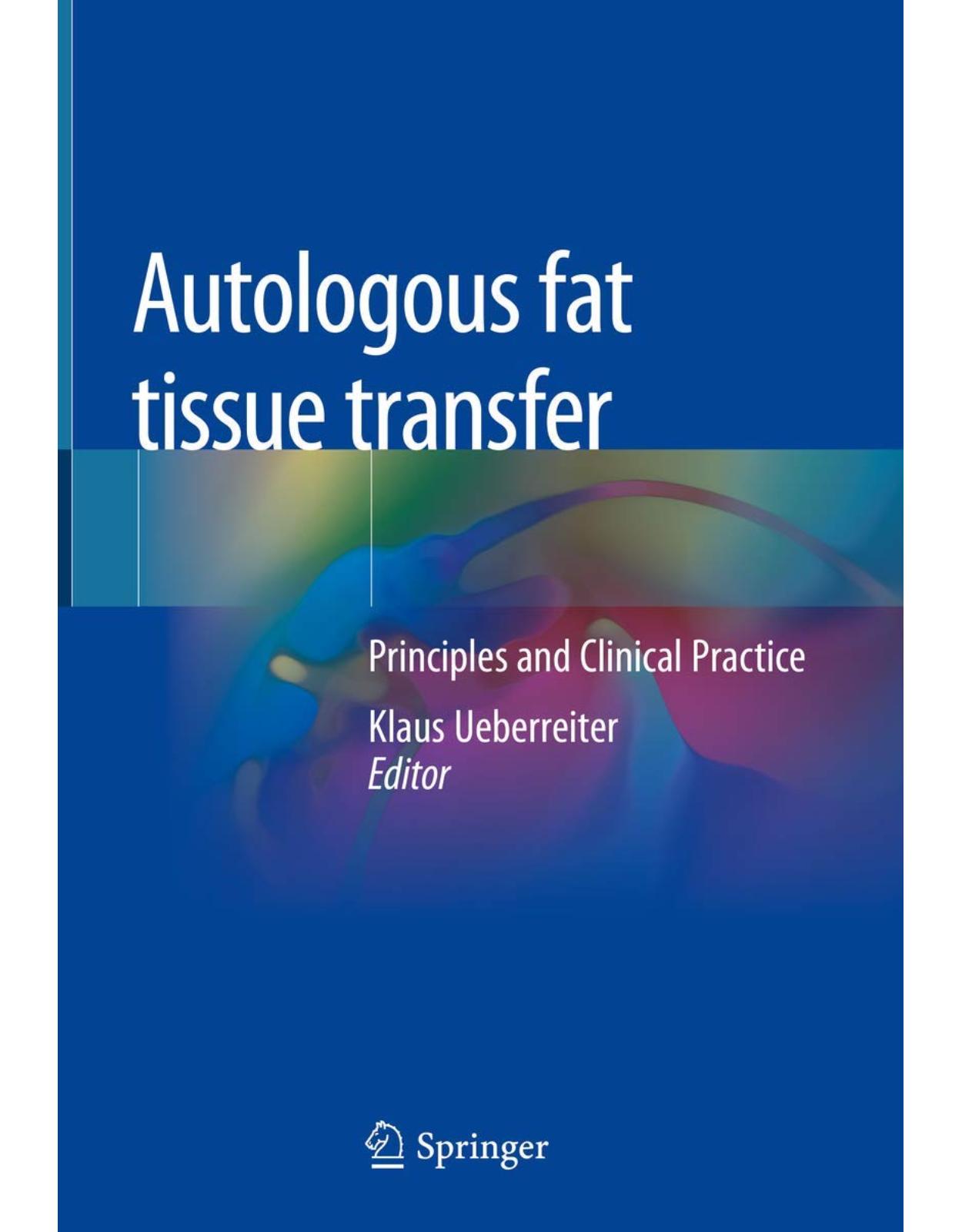
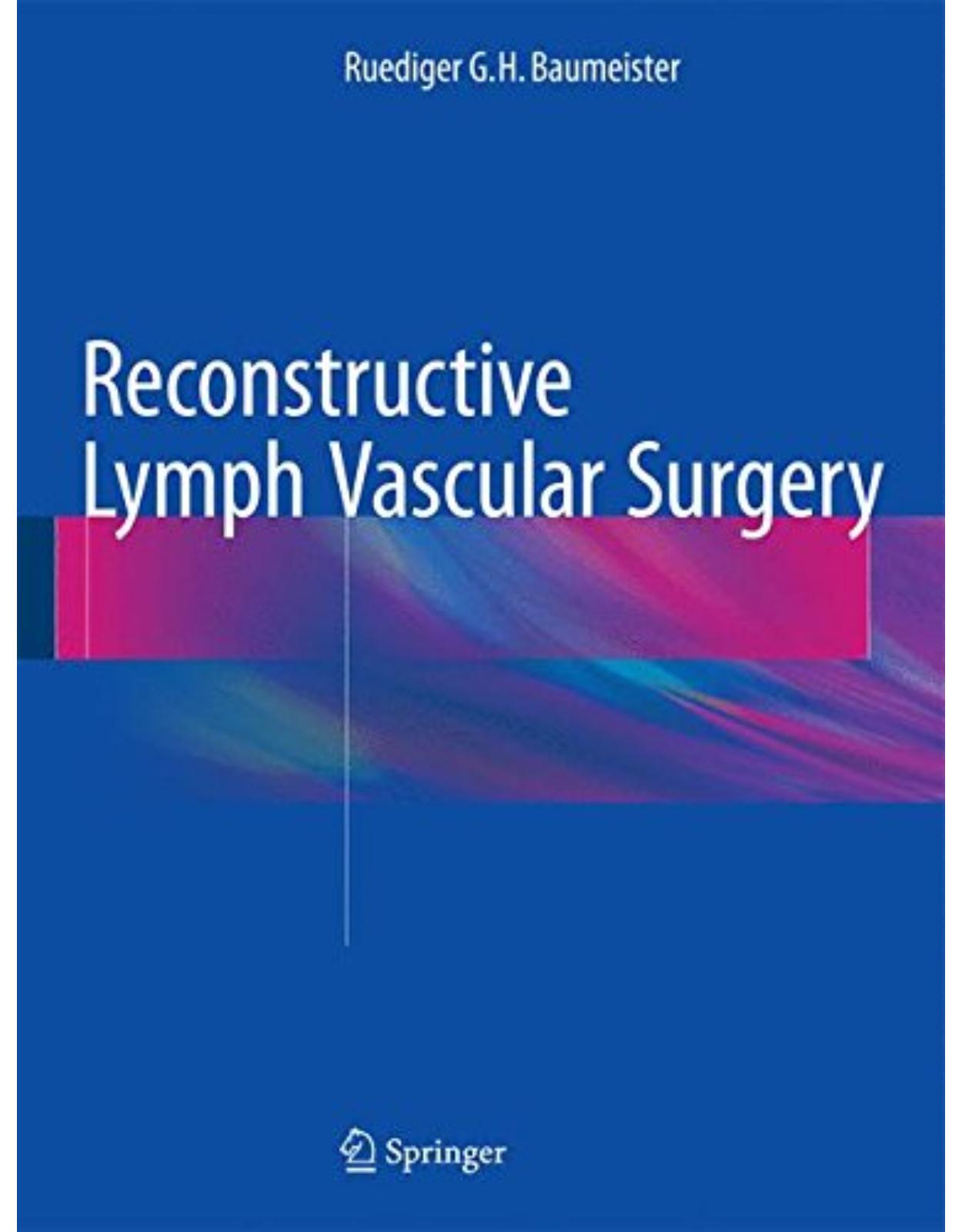
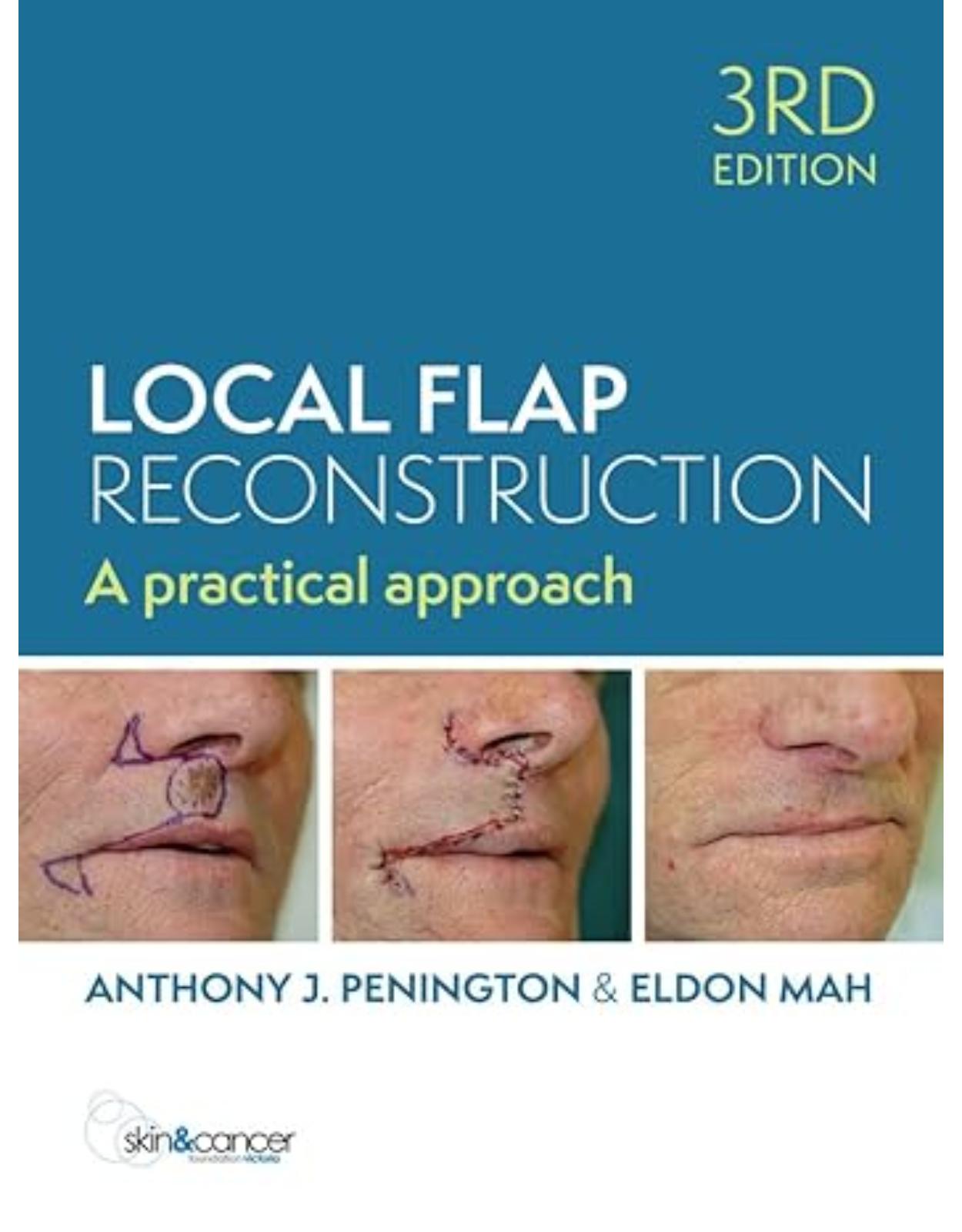
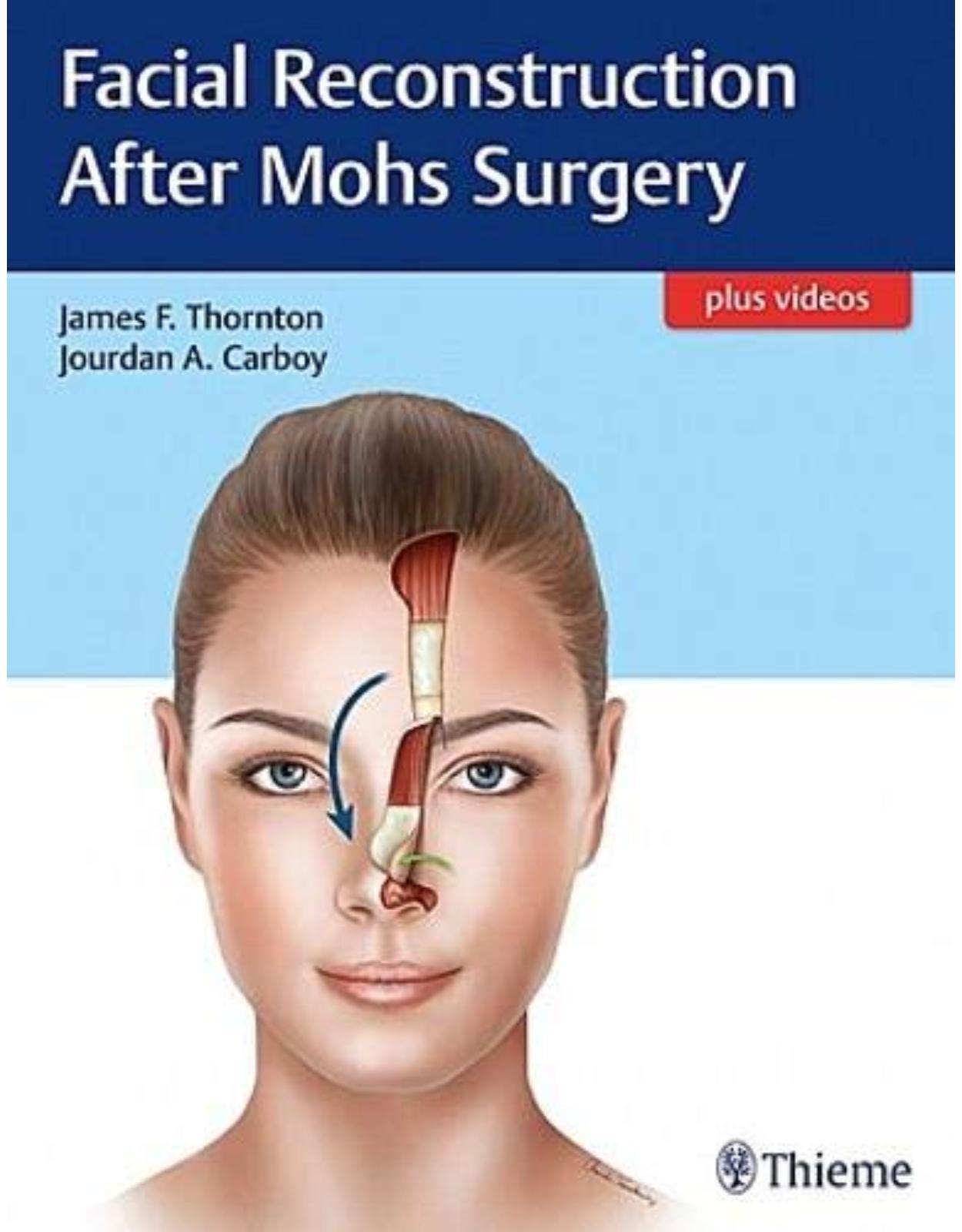
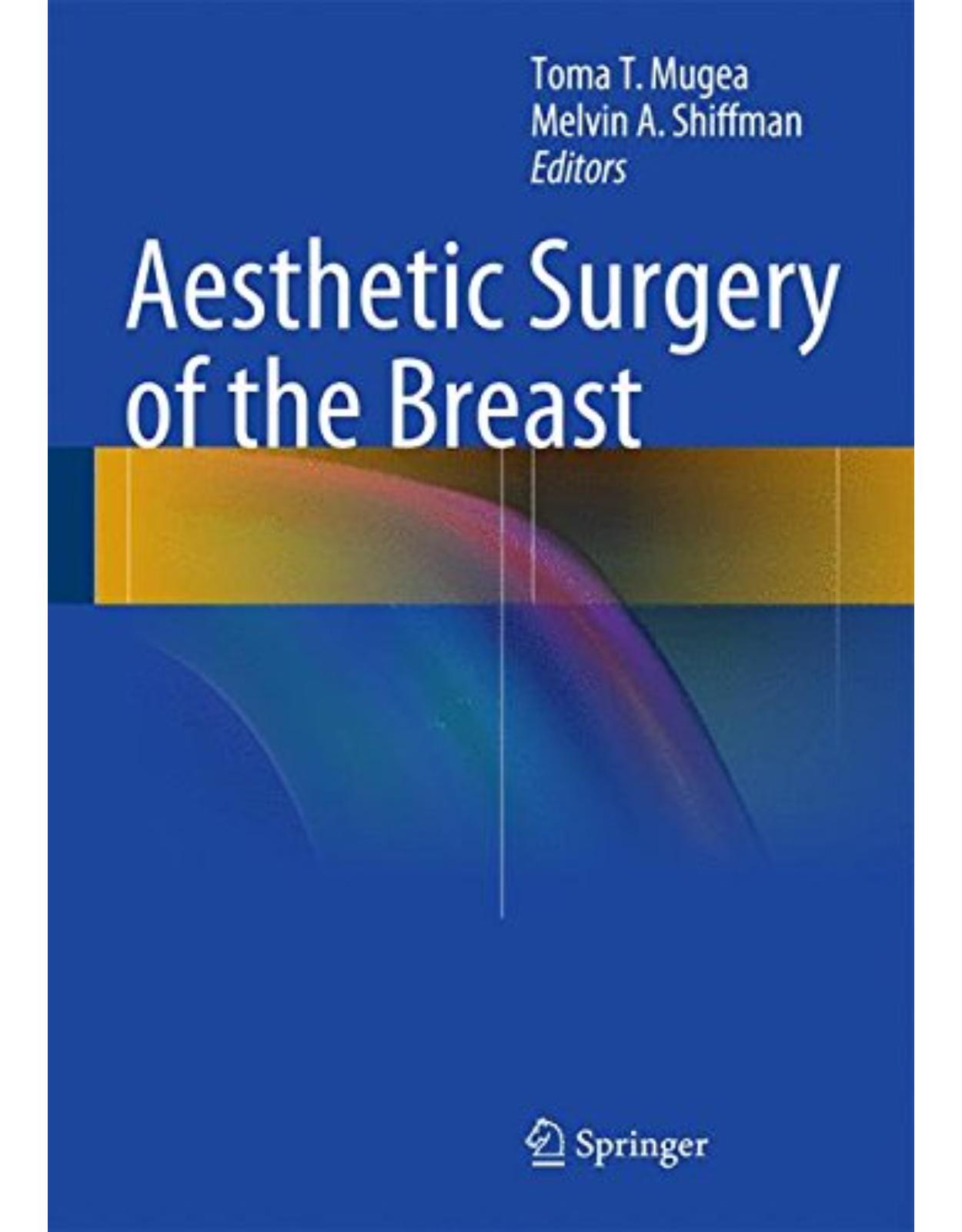

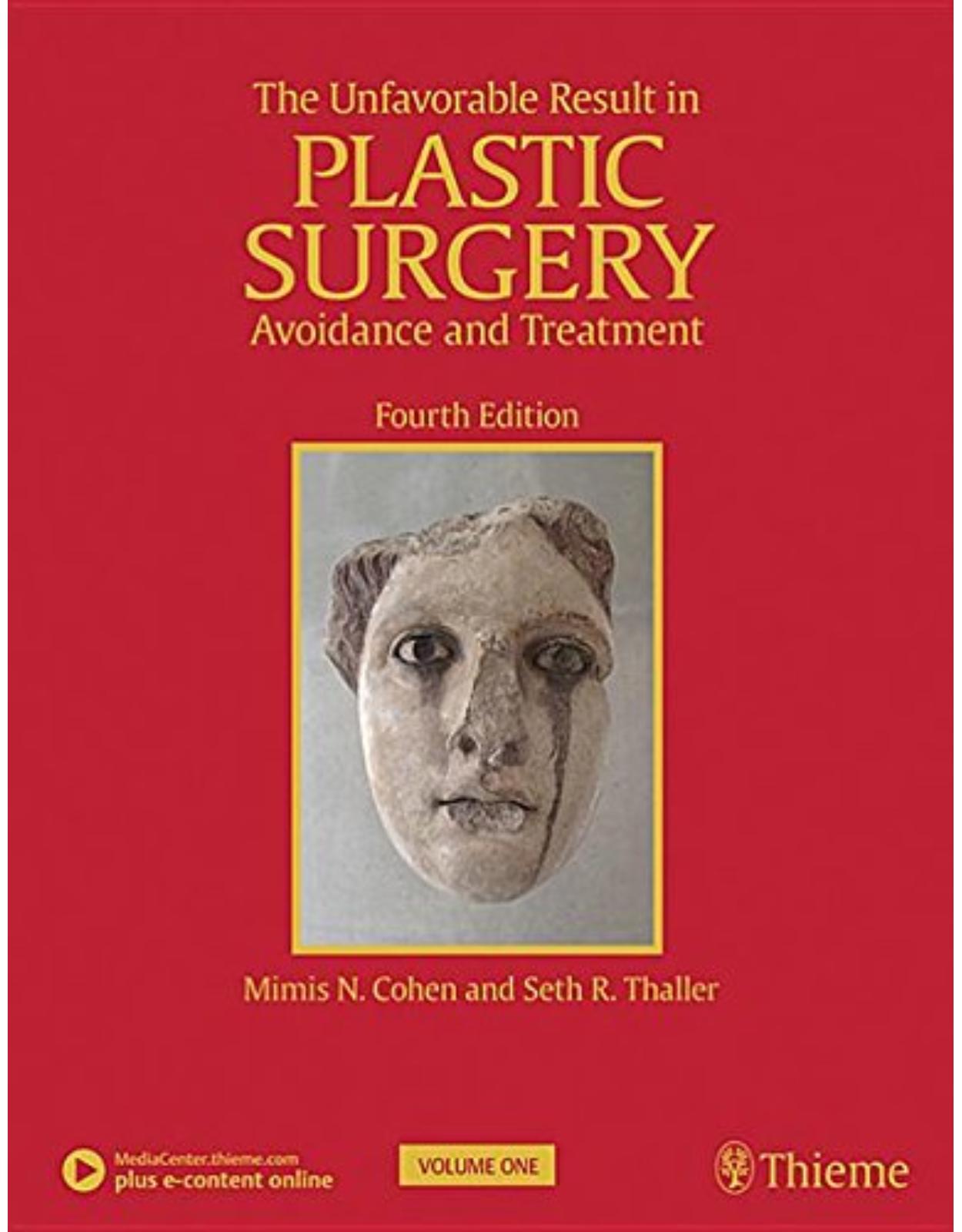
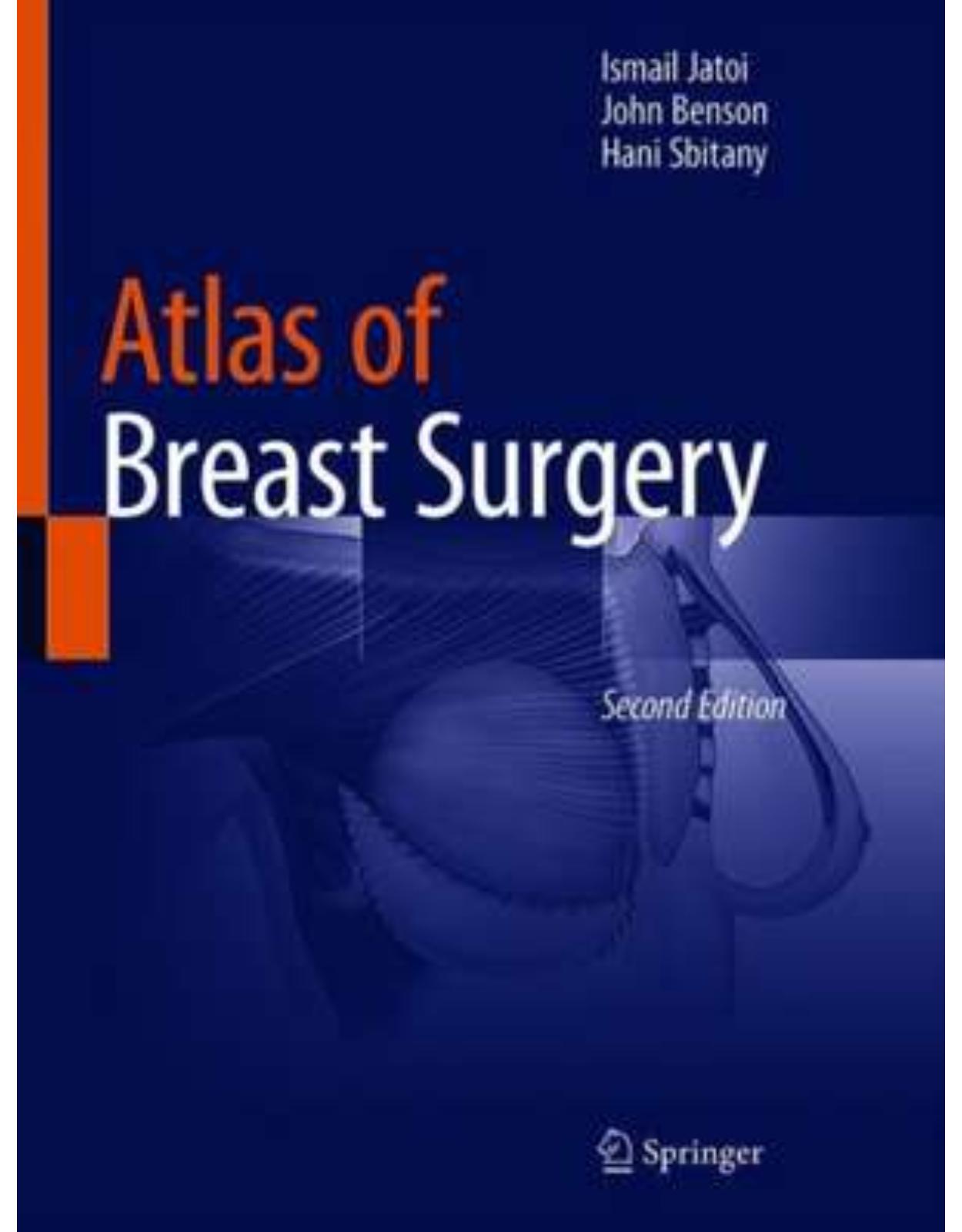
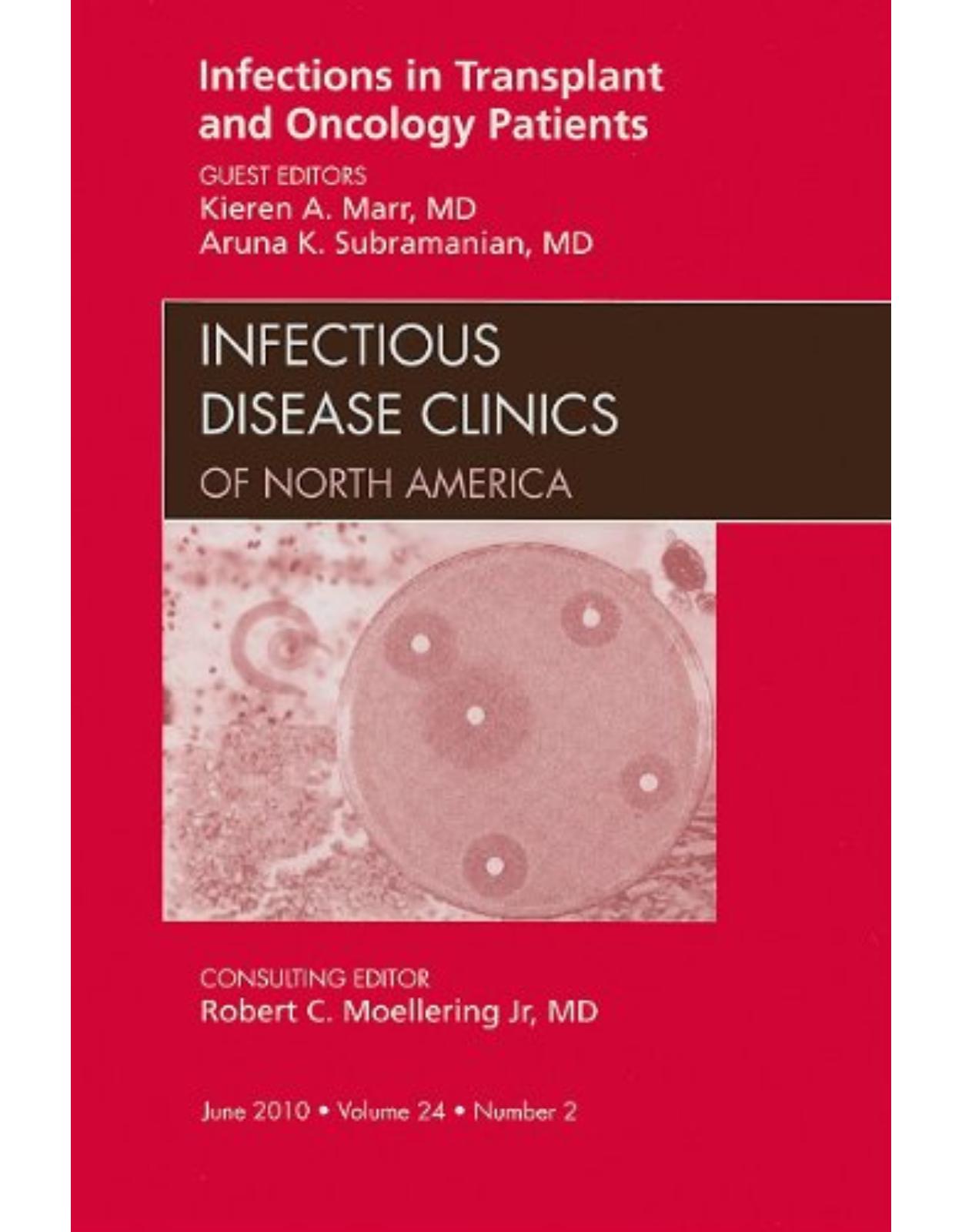
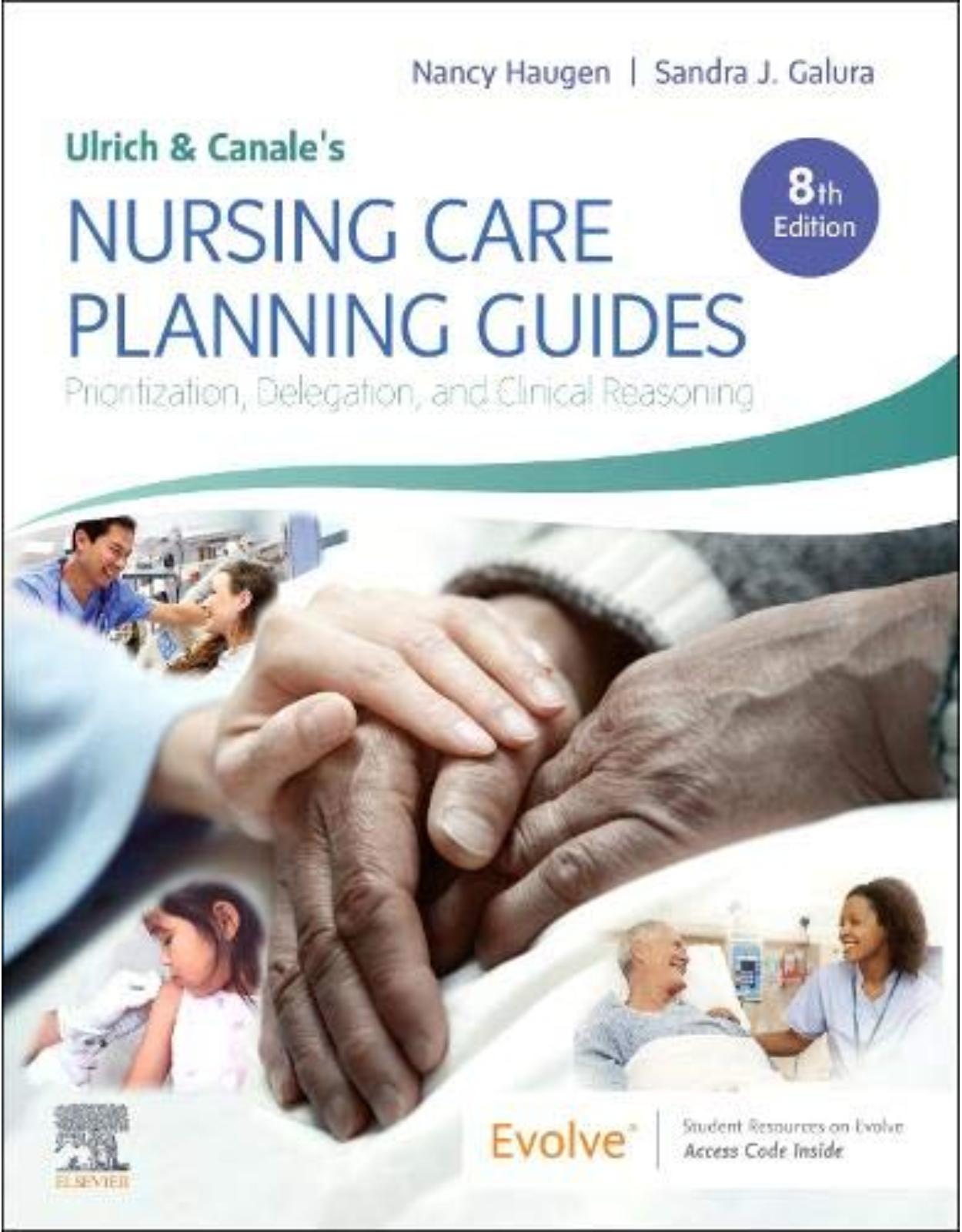
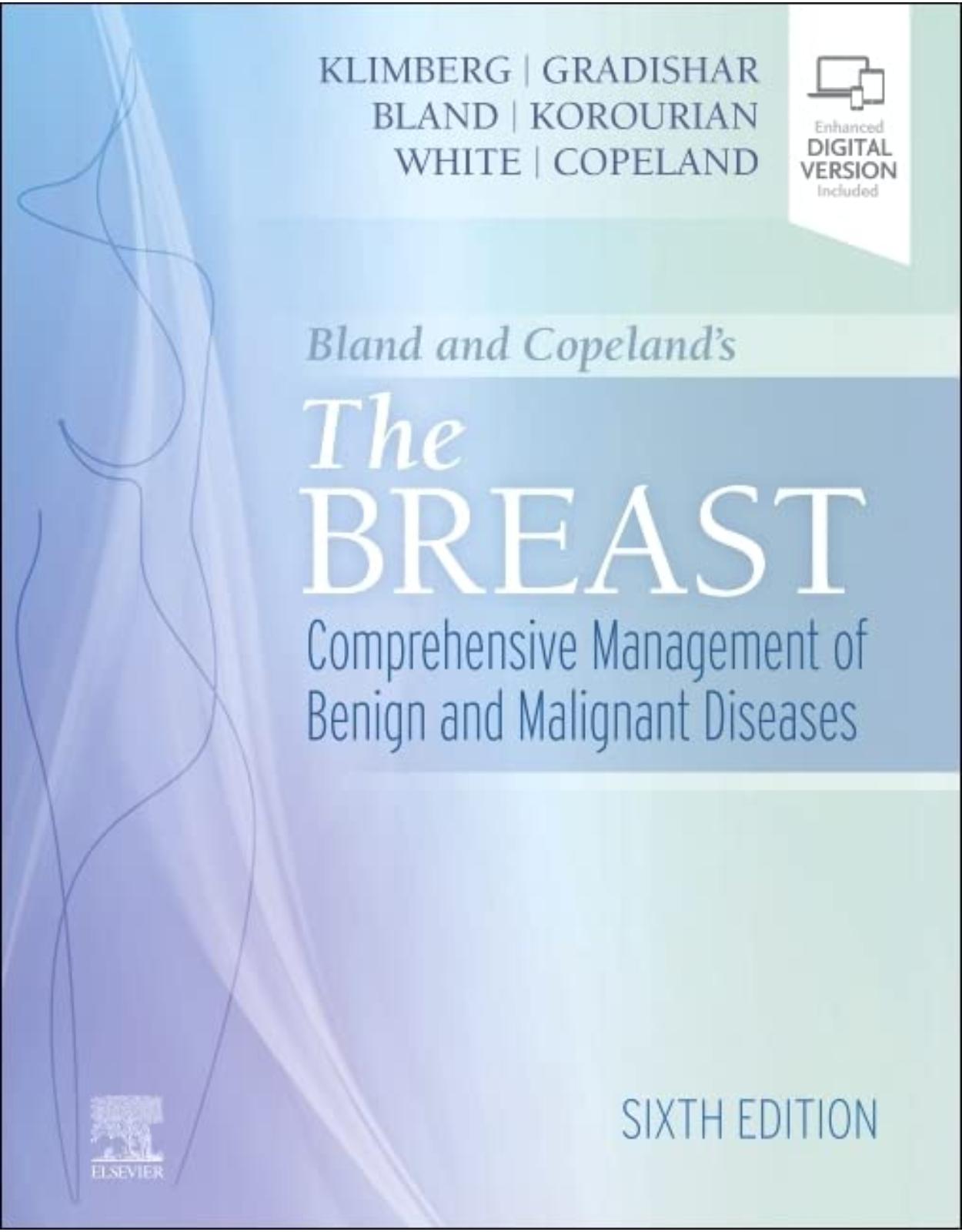


Clientii ebookshop.ro nu au adaugat inca opinii pentru acest produs. Fii primul care adauga o parere, folosind formularul de mai jos.